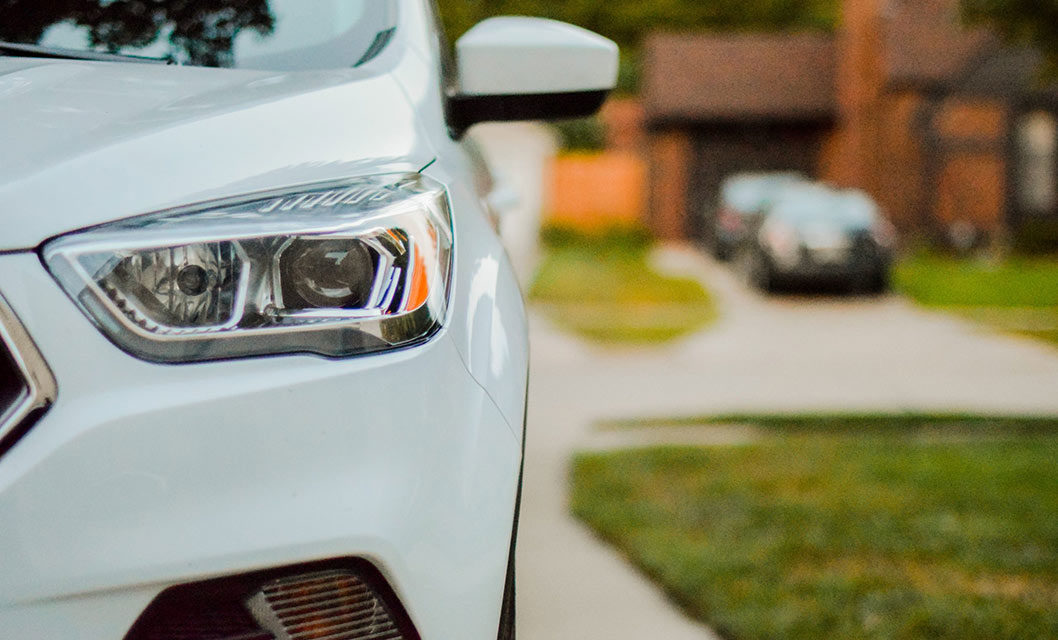What’s the difference between Liability vs. Full Coverage?
Having options is always great. When it comes to car insurance coverage, there are a few options.
Liability Coverage
Liability coverage covers other people (not you) for their injuries and property damage if you were to cause an accident. We broke down the two main types of liability coverage: Bodily Injury and Property Damage.
Bodily Injury
Liability Bodily Injury (BI) includes the coverage of medical bills, lost wages, and inconveniences of other parties involved in an accident in which you’re at fault.
Property Damage
Liability Property Damage (PD) is more straightforward (you’re welcome). It covers the other party’s repair bill for their car if you cause an accident.
Full Coverage
This might be self-explanatory, but we will explain anyway. Full coverage means you have a combination of coverage levels that provide a higher scope of protection. Though not required to drive in most states, having this additional coverage on your policy could be helpful since it covers you in situations that liability may not.
For example, collision coverage is a type of coverage that will pay for your car’s repairs after an accident, regardless of who caused it. So whether you rear-ended a car or hit the neighbor’s mailbox, this type of coverage pays for the repairs.
Comprehensive Coverage
This is a type of coverage that may take care of repair expenses over and above crashes, such as weather, fire, vandalism, theft, broken windshields, or even asteroids (yes, that has happened). Think of this as ‘other than collision’ insurance.
For more information on auto coverages, check out our products.




